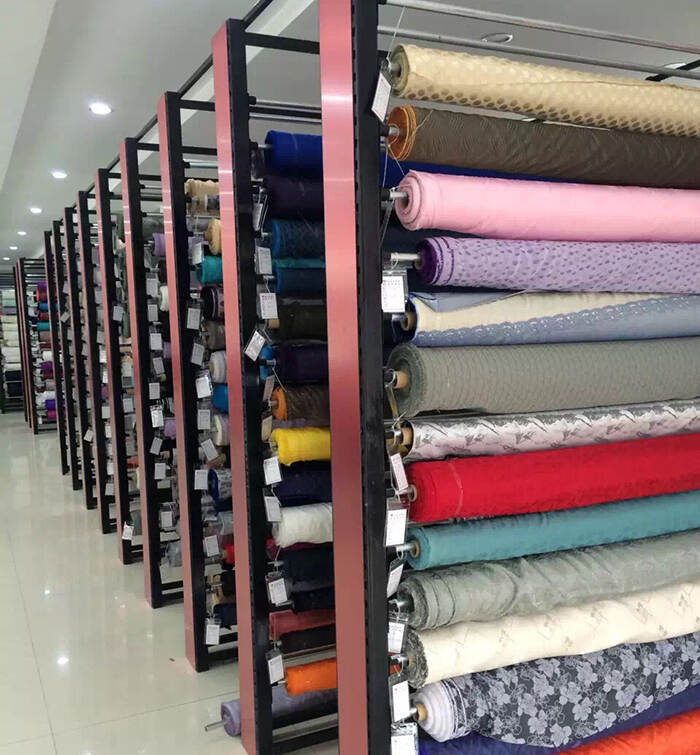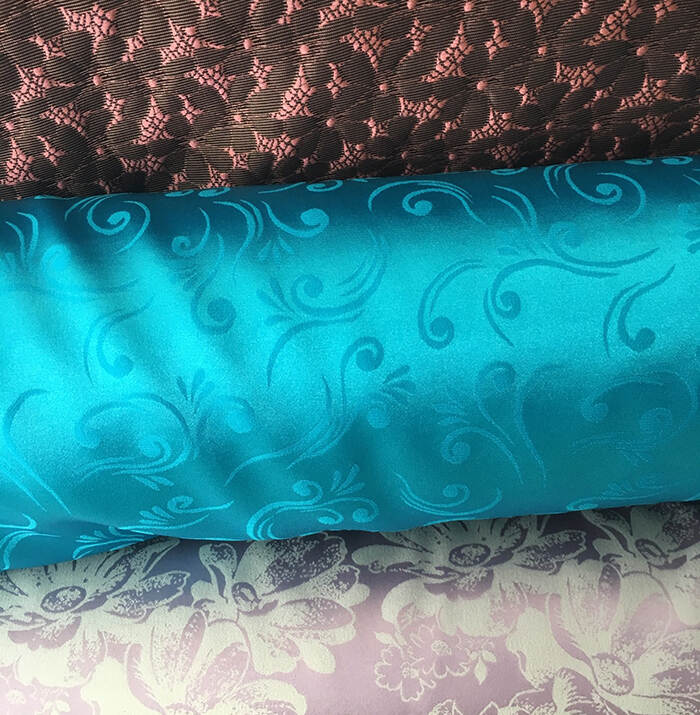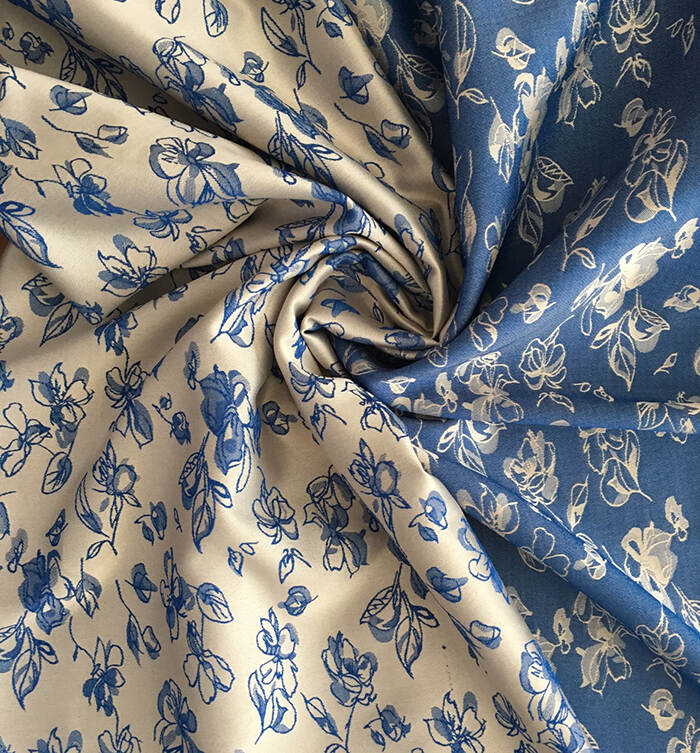Large jacquard fabric



The Origins of Jacquard
In the early days of weaving fabric, the process required two people to work a large, heavy loom. While brocade fabrics were rich and intricate, weaving was extremely slow and time-consuming labor. Numerous inventors worked to create a more efficient process, but it wasn't until 1801 that a former loom worker named Joseph Marie Jacquard created a simple and elegant solution.
Jacquard proposed a system of punch cards that would program the pattern of a weave, instead of having a worker move the machine. In 1804, the Jacquard loom debuted as the first programmable machine in the world. Not only did the invention alter the future of weaving, but Jacquard's punch cards are credited with influencing everything from binary code to the invention of the computer.
What is Jacquard Fabric?
While the original punch card loom has now been replaced by computer systems, the unique fabric created by Jacquard still bears his name. Jacquard fabric refers to any type of pattern that is woven directly into the material, rather than embroidered, printed, or stamped onto the fabric. Jacquard can be any type of weave and can be crafted from any type of yarn.
Unlike printed and stamped designs, jacquard weaves will have a reverse pattern that is visible on the inside of a garment. This negative of the design offers a unique aesthetic appeal, allowing some pieces to be worn as reversible clothing.
Benefits of Jacquard
Stylish and durable, jacquard fabric blends the elegance of classic weaving with the quality of modern knitwear. Jacquard clothing is durable and strong, with a structured and wrinkle-resistant feel that is perfect for everyday wear. Unlike printed and stamped designs, the woven pattern won't fade or wear off of your garments. The exceptional quality is perfect for wardrobe staples like classic dresses, with a flattering fit and unique aesthetic that retains its luxurious feel.
